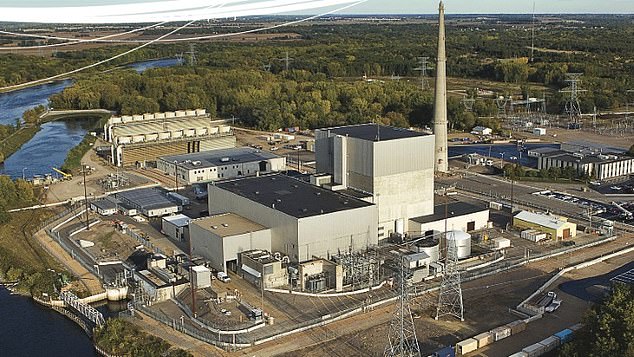
Regulators of Minnesota were aware of a radioactive waste leak in the power plant of Monticello but only announced it on Thursday, March 16.
The power plant mishap
The main concern in this leak is Tritium, a natural byproduct of nuclear reactor operations. The federal Nuclear Regulatory Commission describes Tritium as a naturally occurring radioactive hydrogen isotope that emits weak beta radiation that cannot pass through human skin and does not dissipate very far into the atmosphere (NRC).
Nuclear power plants periodically have tritium spills, although these incidents are typically localized and seldom jeopardize public safety or health, according to the NRC.
The BBC reports state that the Minnesota nuclear power plant leaked at least 400,000 gallons of radioactive water containing Tritium in November. Still, the incident was just recently made public on Thursday.
But why the delay in the announcement?
The delay in disclosing the November leak aroused concerns about public safety and accountability, but industry experts said on Friday that there was never a risk to the public’s health.
They claimed that the leak of 400,000 gallons (1.5 million liters) of radioactive water never reached a level that would have required public notification and that Xcel Energy voluntarily notified state agencies and reported the tritium leak to the Nuclear Regulatory Commission shortly after it was confirmed.
State authorities said that despite being aware of the leak since November, they held off on announcing it to the public until they had more details.
Furthermore, Victoria Mitlyng, a member of the Nuclear Regulatory Commission, said that not all tritium leaks at nuclear reactors are required to be reported to the Nuclear Regulatory Commission. Instead, Xcel Energy had already committed to informing the state about specific tritium breaches. Information that Xcel Energy shares with the state is likewise shared with the commission.
On November 23, the commission published a notice about the leak on its website, stating that the facility had informed the state about it the day before. According to the report, the leak was not an emergency. The warning said that the source of the Tritium was being examined at the time.
Updates on the case
Xcel stated that it had collected around 25% of the leaked Tritium thus far, that recovery operations will continue, and that a permanent solution will be installed this spring.
In addition to evaluating alternatives for treating, reusing, or finally disposing of the Tritium and water recovered, Xcel is considering erecting above-ground storage tanks for the contaminated water it recovers. The state Pollution Control Agency stated that state officials would examine the corporation’s chosen solutions.







